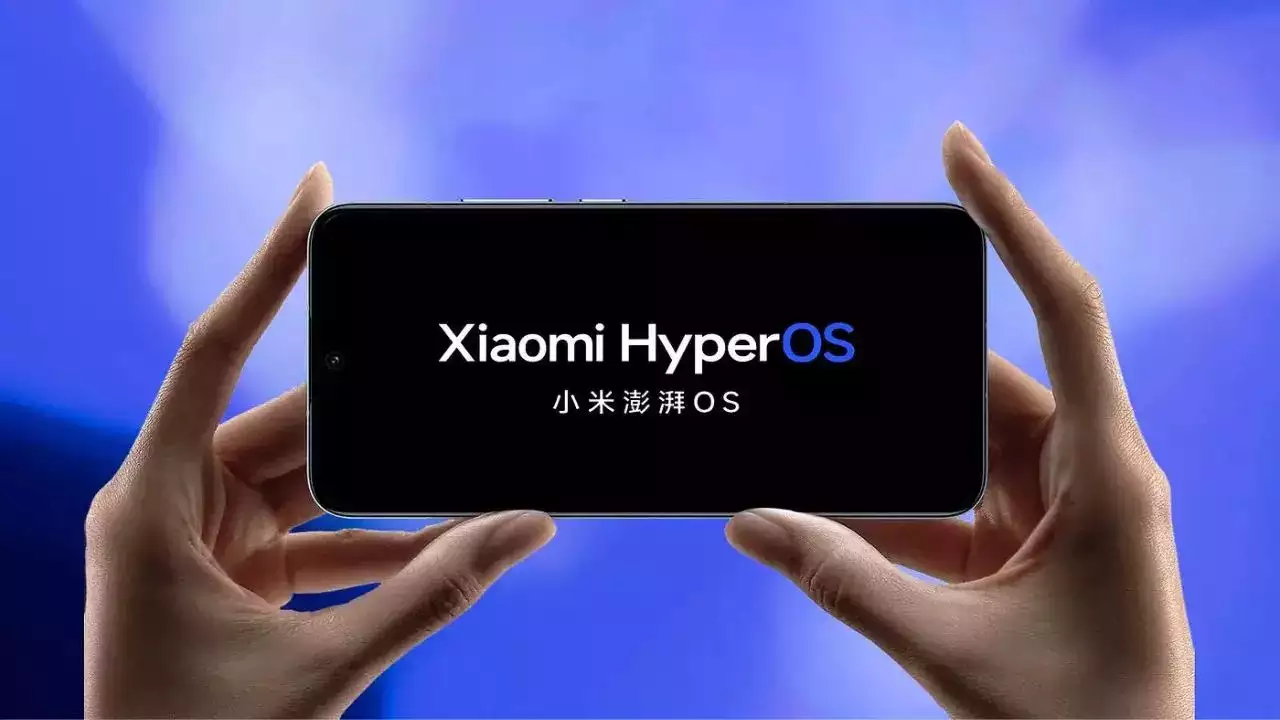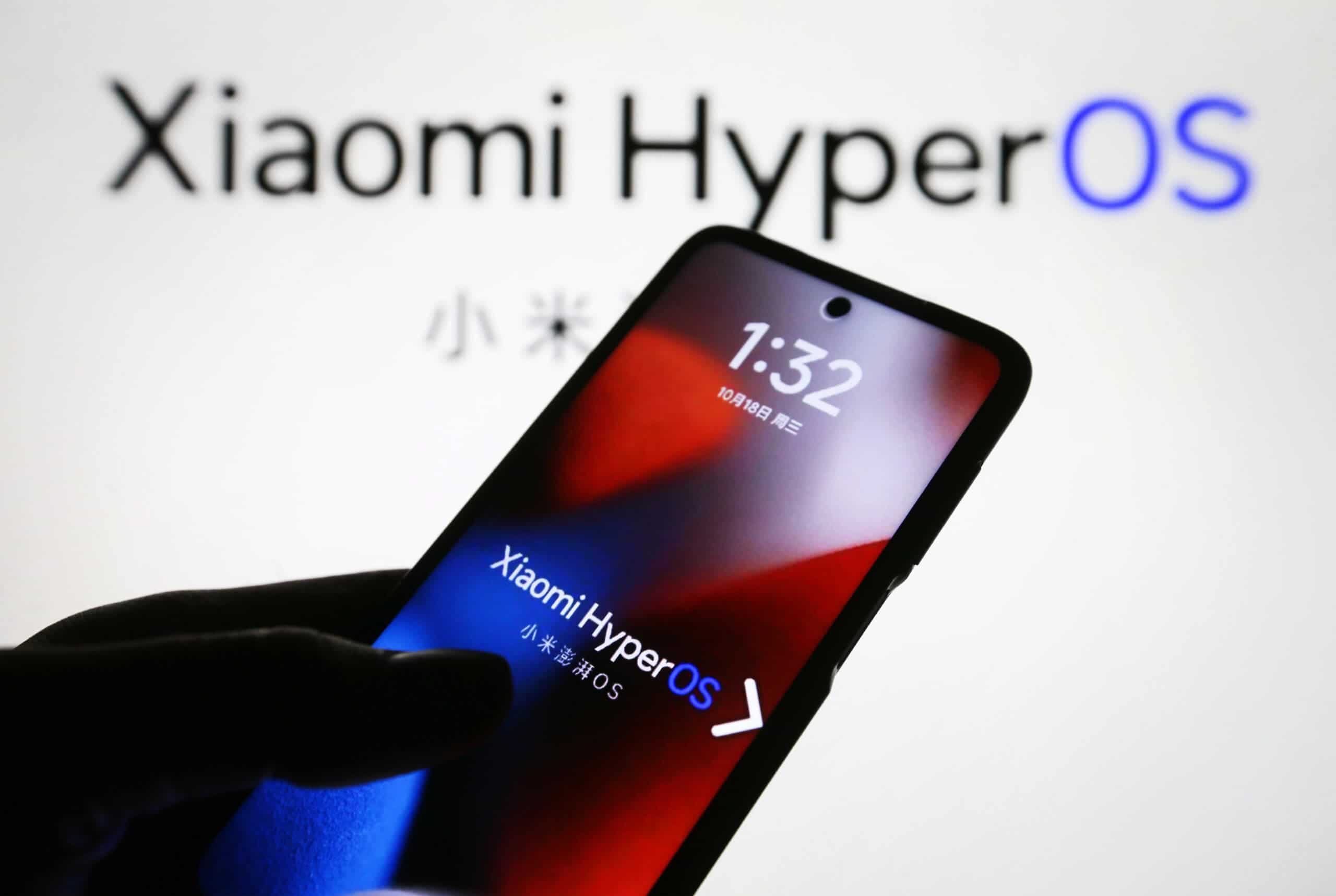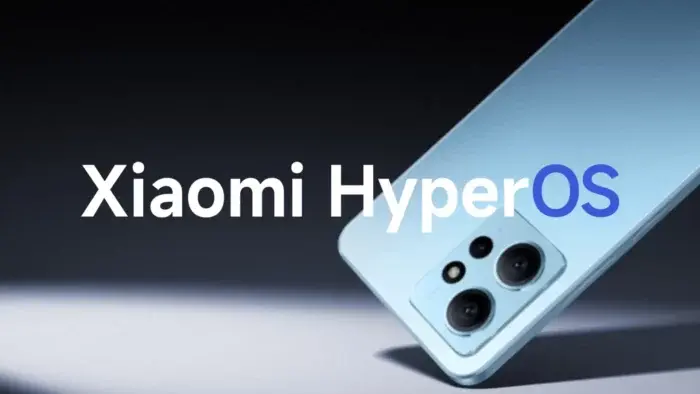The recent rollout of HyperOS by Xiaomi has garnered significant global attention. While its deployment began some time ago, I recently had the opportunity to delve deeper into the operating system through extensive use on a POCO X6 Pro. After a month of exploration, I’ve identified three functionalities that have become integral to my daily routine, offering a blend of aesthetic appeal and practical utility.
HyperOS: A User’s Perspective on Three Key Features

This article delves into these features, showcasing how HyperOS goes beyond superficial visual enhancements and empowers users with tools that streamline everyday interactions with their smartphones.
1. XXL Folders: Redefining Desktop Organization
One of the most impactful changes for my workflow has been the introduction of XXL folders. These innovative folders break away from the limitations of traditional folder sizes, offering a vastly expanded canvas for housing applications on the phone’s home screen. This translates to effortless access to a wider range of apps within a single folder, eliminating the need for constant folder navigation.
Activating XXL folders is a smooth process. Simply click on the desired folder, select “Edit folder,” and choose your preferred layout from the displayed menu. Once saved, the folder transforms into a visually appealing and comprehensive hub for your essential apps, readily accessible at a glance.
XXL folders not only enhance the look of your home screen but also promote greater efficiency by minimizing navigation steps and providing instant access to your most frequently used applications. This feature caters to users who prefer a more organized and streamlined mobile experience.
2. Effortless Photo Resizing: A Boon for Storage Management
Another invaluable HyperOS feature I find myself using frequently is the one-tap photo resizing tool seamlessly integrated within the native gallery app. This functionality extends beyond photos captured with the phone itself, offering a convenient way to manage the size of any image stored on your device.
Also, the process is remarkably straightforward. Select the photo you wish to resize, navigate to the photo editor options, and then adjust the “Quality” setting to your desired level. Once satisfied with the chosen compression level, save the changes, and voila – you have a smaller version of the original photo without compromising your workflow.
This built-in photo resizing tool proves particularly beneficial for users who struggle with limited storage space on their devices. By enabling quick and easy image compression directly within the gallery app, HyperOS empowers users to maintain a well-organized and manageable collection of photos without resorting to third-party applications.
3. Optimized Charging: Ensuring Long-Term Battery Health
The final feature I want to highlight focuses on battery health, a crucial aspect for any smartphone user. HyperOS introduces a new “Optimized Charging” mode that, when activated, significantly extends the lifespan of your phone’s battery.
Enabling this feature is a simple three-step process:
- Access your Xiaomi phone’s settings and navigate to the “Battery” section.
- Within “Battery,” select “Battery protection” and then proceed to “Optimized charging.”
- For additional protection during overnight charging, I highly recommend activating “Night charging protection,” which slows down the battery’s aging process.
HyperOS’s optimized charging mode offers a proactive approach to battery care. By regulating charging patterns, particularly during extended periods like overnight charging, the feature helps to mitigate battery wear and tear. This translates to a longer overall lifespan for your phone’s battery, ultimately saving you the hassle of frequent replacements.
Beyond the Highlighted Features: A Glimpse into HyperOS’s Potential
The three functionalities discussed above represent just a glimpse into the broader capabilities of HyperOS. From the aforementioned aesthetic enhancements to a plethora of potential performance optimizations, the operating system holds significant promise for enhancing the user experience on Xiaomi devices.
As we continue to explore the depths of HyperOS, we can anticipate further discoveries of features that cater to user preferences and elevate the overall user experience on Xiaomi smartphones. From improved security protocols to enhanced connectivity options, the future of HyperOS appears bright.

Gizchina News of the week
Unveiling HyperOS: A Dive Deeper into User Experience Enhancements
Building upon the foundation laid in the previous section, this article delves deeper into specific functionalities within HyperOS that contribute to an enhanced user experience. We’ll explore features that cater to customization, privacy, and overall system performance, further solidifying HyperOS’s position as a user-centric operating system.
1. Personalization Powerhouse: Tailoring Your HyperOS Experience
HyperOS empowers users to personalize their mobile experience to a remarkable degree. This extends beyond the traditional wallpaper and ringtone customization options. Here are some key highlights:
-
Theme Engine 2.0: This significantly revamped theme engine offers a wider array of themes and customization options compared to previous iterations. Users can personalize everything from app icons and system fonts to notification styles and animation effects. This level of granular control allows users to create a truly unique and visually appealing phone environment.
-
Customizable App Drawer: HyperOS introduces a revamped app drawer with a focus on organization and efficiency. Users can categorize apps based on color, functionality, or frequently used categories. Additionally, the app drawer allows for the creation of custom folders, further streamlining app organization and accessibility.
-
Always-On Display (AOD) Customization: HyperOS elevates the AOD experience by offering a plethora of customization options. Users can choose from various clock styles, notification previews, and even integrate personalized messages or artwork. This level of personalization allows the AOD to become an extension of the user’s personality and preferences.
2. Prioritizing Privacy: A Secure Mobile Experience
HyperOS incorporates robust privacy features, ensuring users have complete control over their data:
-
Enhanced App Permissions: HyperOS grants users granular control over app permissions. Users can choose to allow specific permissions (like location access) only when the app is actively in use, or deny them entirely. This granular control empowers users to decide which apps have access to their data and for what purpose.
-
Privacy Dashboard: HyperOS offers a centralized Privacy Dashboard that provides a comprehensive overview of app permissions and data usage. This dashboard allows users to easily identify and manage apps that may be accessing sensitive information.
-
Improved Sandboxing: HyperOS utilizes a more robust sandboxing technology that isolates app data from other apps and the core system. This additional layer of security helps mitigate the risk of data breaches and malware attacks.
3. Performance Optimization: A Smooth and Responsive Experience
Also, HyperOS prioritizes system performance with features designed to keep your phone running smoothly:
-
Adaptive Battery Management: HyperOS utilizes machine learning algorithms to understand user app usage patterns. This allows the system to prioritize battery power for frequently used apps while restricting background activity for less frequently used ones. This optimization translates to a longer battery life overall.
-
RAM Management: HyperOS implements a more sophisticated RAM management system. This system prioritizes foreground apps, ensuring smooth performance for the tasks you’re actively engaged in. Additionally, HyperOS intelligently manages background app processes to prevent unnecessary RAM usage and maintain overall system responsiveness.
-
Storage Management: HyperOS offers built-in storage management tools to help users keep their devices organized and free of unnecessary clutter. The system identifies and recommends files that can be safely deleted, such as duplicate photos or large cached data. This proactive management helps users optimize their device storage and maintain optimal performance.
Conclusion: HyperOS – A Symphony of User-Centric Features
So, the exploration of these additional functionalities reinforces the core message – HyperOS is meticulously designed with the user in mind. From personalization options that cater to individual preferences to robust security features and performance optimizations, HyperOS strives to create a seamless and secure mobile experience.
As Xiaomi continues to refine and expand the capabilities of HyperOS, we can anticipate even more innovative features that empower users and redefine the boundaries of mobile interaction. Whether prioritizing aesthetics, security, or raw performance, HyperOS appears poised to cater to the diverse needs of users within the ever-evolving mobile landscape.





